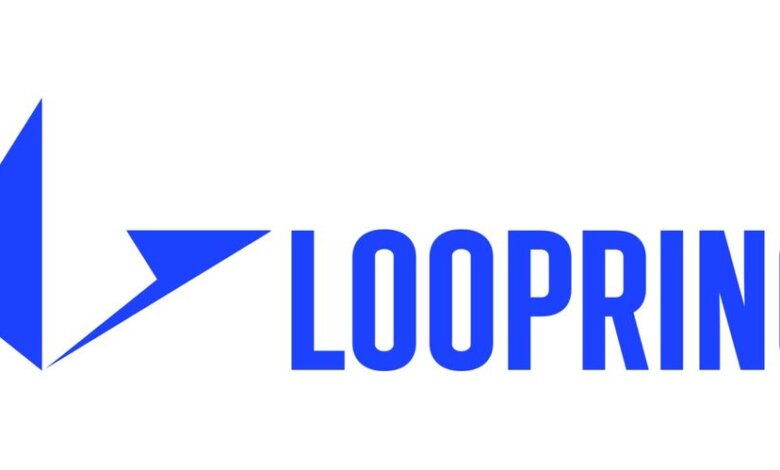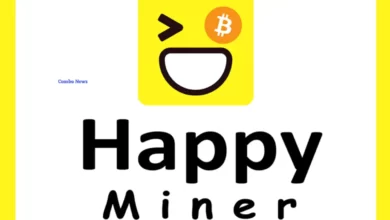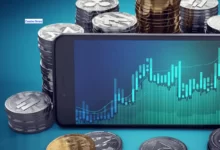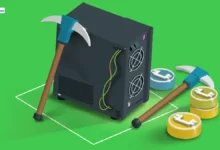Loopring [LRC] Things You Need To Know Before Investing

Table of Contents
What Is Loopring [LRC]?
Loopring [LRC] is the Ethereum-based cryptocurrency token, an open protocol designed to build decentralized crypto exchanges.
In 2020, the average daily trading volume of the entire cryptocurrency market fluctuated in the approximate range of $50-$200 million. Most of that trading is conducted on centralized cryptocurrency exchanges — online platforms operated by private companies that store users’ funds and facilitate matching buy and sell orders.
Such platforms have many downsides common to all of them, so a new type of decentralized exchange has emerged to alleviate these disadvantages. However, fully decentralized exchanges are not without their flaws.
Loopring’s purported goal is to combine centralized order matching with decentralized on-blockchain order settlement into a hybridized product that will take the best aspects of both centralized and decentralized exchanges.
LRC tokens became available to the public during an initial coin offering (ICO) in August 2017, while the Loopring protocol was first deployed on the Ethereum mainnet in December 2019.
Who Are the Founders of Loopring?
The founder and current CEO of Loopring Foundation, which manages the development of the Loopring protocol, is Daniel Wang, a software engineer and entrepreneur based in Shanghai, China.
Wang has a bachelor’s degree in computer science from the University of Science and Technology of China and a master’s degree in the same field from Arizona State University.
Before starting work on Loopring, Wang has held multiple managerial and executive positions in major tech companies: he was a lead software engineer at the medical device manufacturer Boston Scientific, the senior director of engineering, search, recommendation and ads system at the Chinese e-commerce giant JD.com, as well as a tech lead and senior software engineer at Google.
Wang has also co-founded several companies: Yunrang (Beijing) Information Technology Ltd. and the cryptocurrency services firm Coinport Technology Ltd.
What Makes Loopring Unique?
The main idea behind Loopring is to combine elements of centralized and decentralized cryptocurrency exchanges to create a protocol that will enjoy its unique advantages and eliminate inefficiencies.
Centralized exchanges are currently the primary mode of operation for crypto trading services. While highly popular and convenient, using a centralized exchange carries many risks, the chief of which is their custodial nature. Because these exchanges hold users’ funds for them between the points of depositing and withdrawing, those funds are at risk of being partially or fully lost due to potential hacker attacks, malicious actors inside the exchange, or regulatory intervention.
Another major problem for centralized exchanges is the lack of transparency: trades are not settled on the blockchain but stored in the exchange’s internal records, making price manipulation possible. It allows it to use user funds for unauthorized purposes while in custody.
To eliminate these problems, a new type of trading service has emerged in recent years: a decentralized crypto exchange (DEX). Instead of holding user funds in custody and processing trades internally, it helps buy and sell orders connect directly with each other and settle trades on a public blockchain.
While removing the custodial and transparency risks, DEXs introduce disadvantages: mainly lower efficiency (compared to centralized alternatives) associated with the limited capabilities of the underlying blockchains and fragmented liquidity.
Loopring protocol seeks to keep the advantages of decentralized exchanges while reducing or eliminating their inefficiencies via innovative hybrid solutions. By managing orders in a centralized manner but settling the trades on blockchain and combining up to 16 orders into circular trades instead of allowing strictly one vs one trading pairs, Loopring expects to increase the efficiency of order execution and enhance the liquidity of DEXs.
How Many Loopring [LRC] Coins Are There in Circulation?
The issuance of LRC tokens is governed by the smart contracts that comprise the Loopring Protocol.
The primary way of earning LRC is via so-called ring mining: to improve the Loopring network’s liquidity, and its orders are not matched strictly as pairs of two cryptocurrencies. Instead, the protocol can match up to 16 orders for different cryptocurrencies in a circular trade, called an ordered ring.
Nodes on the Loopring network are rewarded in LRC tokens for combining individual orders into order rings, maintaining public order books and trade history, and broadcasting orders to other relays.
How Is the Loopring Network Secured?
Loopring is operable on Ethereum and Neo blockchains with plans to add support for the Qtum blockchain. Each network has its token: LRC and LRN for Ethereum and Neo, respectively; when launched, the Qtum network token will be called LRQ.
These tokens are secured by the hash functions of their underlying blockchain platforms: LRC by Ethereum’s Ethash, LRN by Neo’s SHA256 and RIPEMD160 and LRQ by Qtum’s proof-of-stake PoSv3 algorithm.
Where Can You Buy Loopring [LRC]?
- Coinbase Pro
- Bilaxy
- OKEx
- Binance
Also Read: Enjin Coin (ENJ) Thing You Need To Know Before Investing








